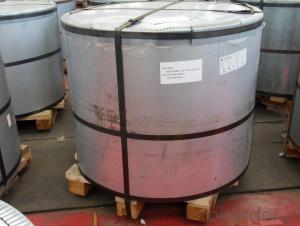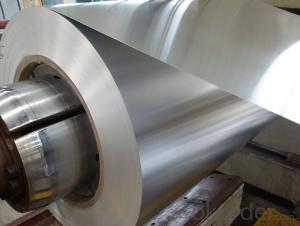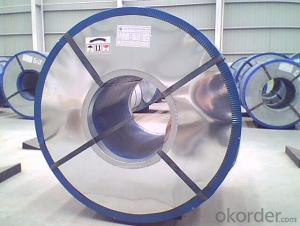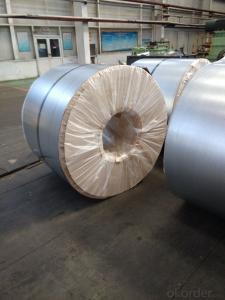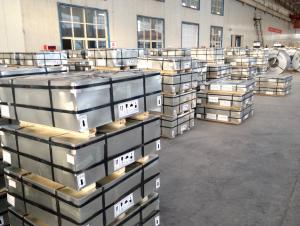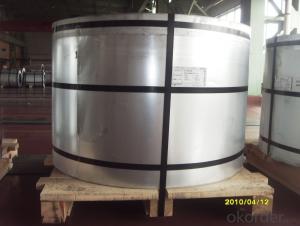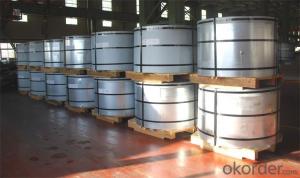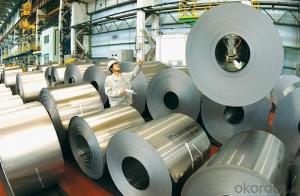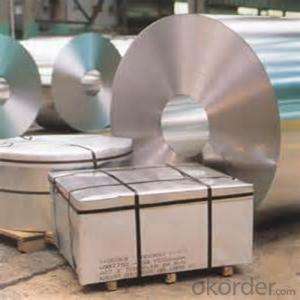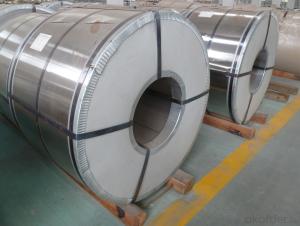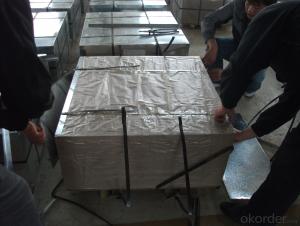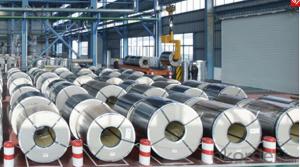Comat Tinplate
Comat Tinplate Related Searches
4 By 8 Plastic Sheets Thin Plastic Sheets Flexible Tinplate Coil Quotes Tinplate Iron Clear Plastic Sheets Hard Plastic Sheets 4X8 Lightweight Plastic Sheets Wavy Plastic Sheets White Plywood Sheets Poly Styrene Foam SheetsHot Searches
Tinplate China Tinplate Stock Price Tata Tinplate Price List Tinplate Price Trend Tinplate Nse Share Price Tinplate Price Chart Tinplate Share Price Nse Tata Tinplate Share Price Tinplate Share Price Today Tinplate Share Price Bse Tinplate Price Tinplate Share Price Tinplate Coil Manufacturers Tinplate Sheet Suppliers Food Mixer Sale Tinplate Factory Tinplate Production Tinplate Products Ltd Tinplate Products Tinplate Can ManufacturersComat Tinplate Supplier & Manufacturer from China
Okorder.com is a professional Comat Tinplate supplier & manufacturer, offers integrated one-stop services including real-time quoting and online cargo tracking. We are funded by CNBM Group, a Fortune 500 enterprise and the largest Comat Tinplate firm in China.Hot Products
FAQ
- The main export markets for tinplate include countries such as China, Japan, Germany, South Korea, and the United States.
- There are several methods of cutting and shaping tinplate, including shearing, stamping, laser cutting, and forming.
- The common closure options for tinplate containers include twist-off caps, screw caps, snap-on lids, and pressure-sealed lids.
- Yes, tinplate can be used for packaging petrochemical products. Tinplate is a type of steel coated with a thin layer of tin, providing it with excellent corrosion resistance and durability. These properties make it suitable for packaging various products, including petrochemicals, as it can protect the contents from external factors such as moisture and oxygen. Additionally, tinplate cans can be sealed tightly, ensuring the safety and integrity of the petrochemical products during storage and transportation.
- What is the tin plated iron?
- When the coating is damaged, the raw water is made up of the surrounding water, oxygen, etc.. Zinc is the anode oxidized iron tin anode is protected, do not participate in the reaction. Because zinc is more active than iron, the living metal is the negative.
- Tinplate packaging contributes to product durability by providing a strong and protective barrier against moisture, air, and external elements. The tin coating on the steel substrate helps prevent rusting and corrosion, ensuring the product remains intact and free from damage. Additionally, the sturdy nature of tinplate packaging offers resistance against impact, enhancing the overall durability of the product during transportation and storage.
















